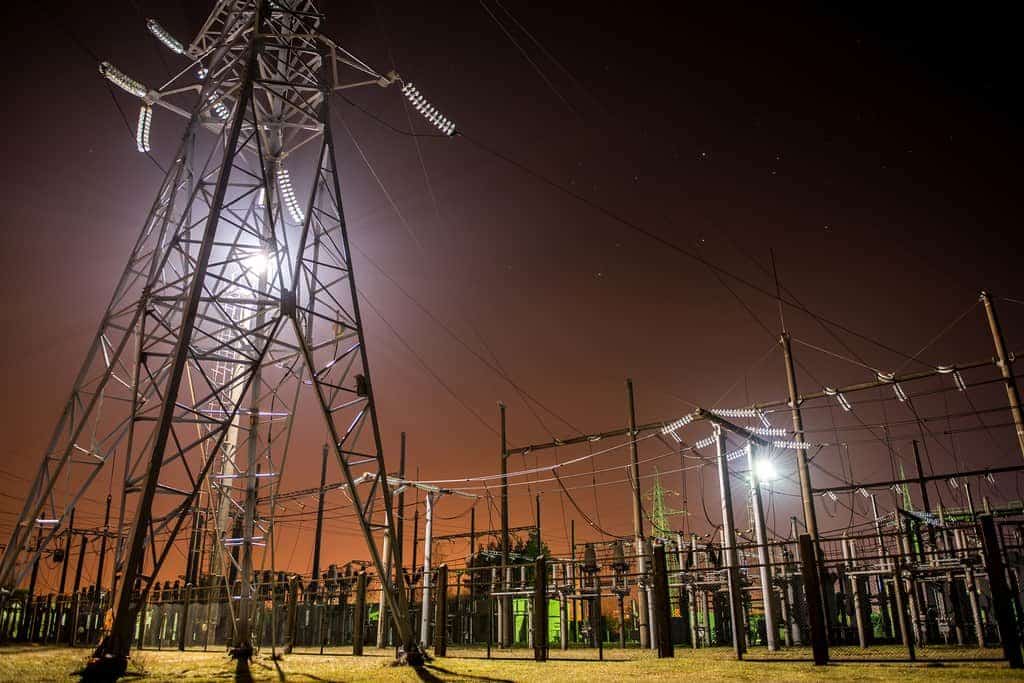
Energy is a fundamental concept that drives our modern ways of life. Comprehending the difference between primary and secondary energy sources is, therefore, essential in assessing our energy systems' efficiency, sustainability, and environmental impact. These two categories represent distinct stages in the energy conversion process, each playing a critical role in shaping the outcomes of experiments and influencing everything from policy and industry to scientific discoveries. If you are an educator, follow the link to learn our tips and tricks for teaching about primary vs. secondary energy in the classroom before continuing.
Primary Energy
Primary energy sources are the natural, unconverted forms of energy found in nature, otherwise known as unconverted or original fuels. They are typically the initial sources of energy that undergo extraction or harvesting before they can be used to generate electricity, perform mechanical work, or provide heat. For example, the fuels that can be mined, reaped, extracted, harvested, or harnessed directly.
Primary energy in the form of fossil fuels includes coal, oil, and natural gas, which are the primary energy sources extracted from the Earth's crust. They are burned to release heat energy and generate electricity or power transportation.
Renewable resources include solar energy, wind power, hydropower, and biomass. These resources are harnessed directly from nature, are naturally replenished, and can be converted into electricity or used for heating without depleting the planet's natural resources or causing significant environmental damage.
Finally, nuclear fuel, a zero-emission energy source, is powered by uranium and plutonium. These elements are mined from the Earth and used to create heat through a process called nuclear fission. Despite being a clean energy source due to its lack of carbon dioxide emissions, nuclear fuel can cause environmental damage through mining activities.
Secondary Energy
Secondary energy sources, on the other hand, are forms of energy that result from the conversion of primary energy sources or resources that have been converted or stored. These sources are more readily usable for various applications and are the forms of energy we encounter daily. Secondary energy cannot be harnessed directly from nature; rather, secondary energy is energy that has already been converted. For example, electricity cannot be mined or harvested, though it is available in quick bursts on occasion from lightning. It is generated as a secondary form from primary fuels, like natural gas. Secondary energy includes:
Electricity: Electricity is a secondary energy source that results from the conversion of primary energy sources such as coal, natural gas, or renewable resources. It is versatile and used for lighting, appliances, industrial processes, and transportation.
Heat: Heat is another secondary energy source produced from primary sources like fossil fuels or renewable resources. It is used for space heating, water heating, and industrial processes.
Mechanical Energy: Mechanical energy is generated by engines, motors, and turbines, often powered by electricity or direct mechanical power sources.
The choice between primary and secondary energy sources can profoundly impact the results of experiments and real-world applications. For instance, in a laboratory experiment studying the efficiency of electricity generation, using primary energy data (e.g., the energy content of coal) would provide insights into the inherent losses and efficiency of the conversion process. Conversely, relying on secondary energy data (e.g., the electricity generated from coal) would focus on the end-use application but may overlook the losses associated with energy conversion.
Understanding the difference between primary and secondary energy is vital in energy policy and environmental sustainability. For example, assessing the carbon emissions associated with a particular energy source requires consideration of primary energy sources (e.g., coal emissions) rather than just secondary energy forms (e.g., electricity use), as the latter can mask the environmental impact of the energy conversion process. Likewise, the environmental impact of zero-emission energy resources like tidal energy and nuclear power can often be overlooked.
Because of this, the distinction between primary and secondary energy sources is critical for assessing scientific experiments, energy system analyses, and policymaking. Without having a clear understanding of primary vs. secondary energy, researchers, engineers, and policymakers would be left misinformed on important decisions regarding energy efficiency, environmental impact, and sustainable energy transitions. Likewise, as consumers, it's essential we learn about energy in order to make informed decisions in our personal lives as well as in our communities.
| After researching and discussing each of the different individual energy resources, use time to discuss the difference between primary and energy resources and then to classify each of the following resources into one of two categories. Do this activity in small groups or as a whole class on the board. Time: 20-30 minutes |
Watt Watchers has everything you need to both learn about energy and to teach it in the classroom. Visit us on our website here for the best energy activities and don't forget to check out Resourcefulness for an expanded explanation of primary vs. secondary energy.
We'd love to help answer any questions and help you get started! Drop us a line and we'll get back to you as soon as we can.
Watt Watchers of Texas
204 E. Dean Keeton Street, Austin, Texas 78712
contact@watt-watchers.com
Nos encantaría contestarle cualquier pregunta que tenga y ayudarle empezar! Envíenos un mensaje y nos pondremos en contacto con usted lo antes posible.
Watt Watchers de Texas
204 E. Dean Keeton Street, Austin, Texas 78712
contact@watt-watchers.com